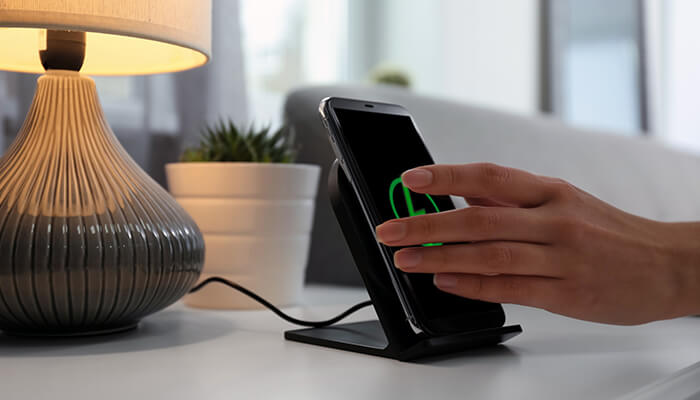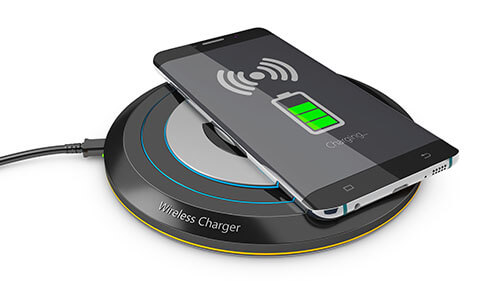Introduction
A wireless charger is often quite practical. Simply place your smartphone on the fast charger, and the battery will begin to charge. They have been there for a long, but they haven’t become as well-known as we had hoped. They were either prohibitively expensive or shrouded in legend. That is no longer the case. You may use a single charger dock to charge your smartphone and other devices that enable wireless charging. This means that bringing several chargers and cords for each gadget is no longer a burden. In this article, we are going to give a complete guideline about how to choose a wireless charger for your mobile phone.
Keep reading to learn everything about the selection of the best wireless charger for your mobile phones.
1. Selecting the Wireless Charger with Appropriate Features
There are a few other wireless charging standards, but Qi (sometimes spelled “Chee”) is the most widely used one. The majority of phone manufacturers, including Samsung and Apple, use the Qi standards. It is safe to use a decent-grade Qi charger because it contains over-voltage and overcharge protection. While wirelessly recharging your smartphone, you could also notice that it gets a little warm. Since the majority of these chargers feature temperature control safeguards to avoid overheating problems, this shouldn’t be a problem. Before buying a wireless charger, make sure you review the requirements of your smartphone.
2. Consider the Weightage of the Wireless Charger
The power output is the next most crucial factor you must consider (wattage). The typical power output of wireless chargers is 5 to 10 Watts. 7.5W is supported by smartphones like the iPhone 8 and the newly announced iPhone X series. Currently, high-speed communication charging is not supported by iPhones, but it is supported by several other smartphones, including the Note 8 and Note 9. Having quality charging cords and adapters is just as crucial as having a nice wireless charging station.
3. Checking the Design of the Wireless Charger
Different sizes and forms are available for wireless chargers. Some chargers feature stand layouts, while others have pad design ideas that can be circular. No of the design, it’s critical that they have a secure grip that keeps the phone there while charging. To show whether a device is charging, most chargers incorporate LEDs.
4. Checking How Many Mobiles a Wireless Charger Can Charge.
As long as the case isn’t made of metal or isn’t too thick, a wireless charger could even recharge a phone that has a case. There are also designs that can accommodate up to two smartphones and a smartwatch, allowing you to charge several devices at once.
5. The Charger of the Wireless Charger
Consider the power source’s connection to the wireless charger. Does it have a wall adapter? Does it take power via micro-USB or USB-C? It’s crucial to think about how you want to connect it. Otherwise, you will have to be careful with the wireless charger.
6. A Highly Effective and Efficient Wireless Charger
Verify that your smartphone can be securely recharged. It’s crucial to make sure your smartphone supports wireless charging because not all of them do. For optimal effectiveness and compliance, seek a charging pad that meets the Qi charging standard.
7. Buy a Brand Wireless Charger
Wireless chargers are produced by several different brands. Among other accessories, companies like Belkin are innovators in wireless charging technologies. If you’re searching for a wireless charger with a sophisticated appearance, the Belkin F8M747 is an intriguing choice to take into account.
Conclusion
If you want to use a wireless charger, you should go through the above premises. These would give you an idea of what and how the selection process of the wireless charger is.



